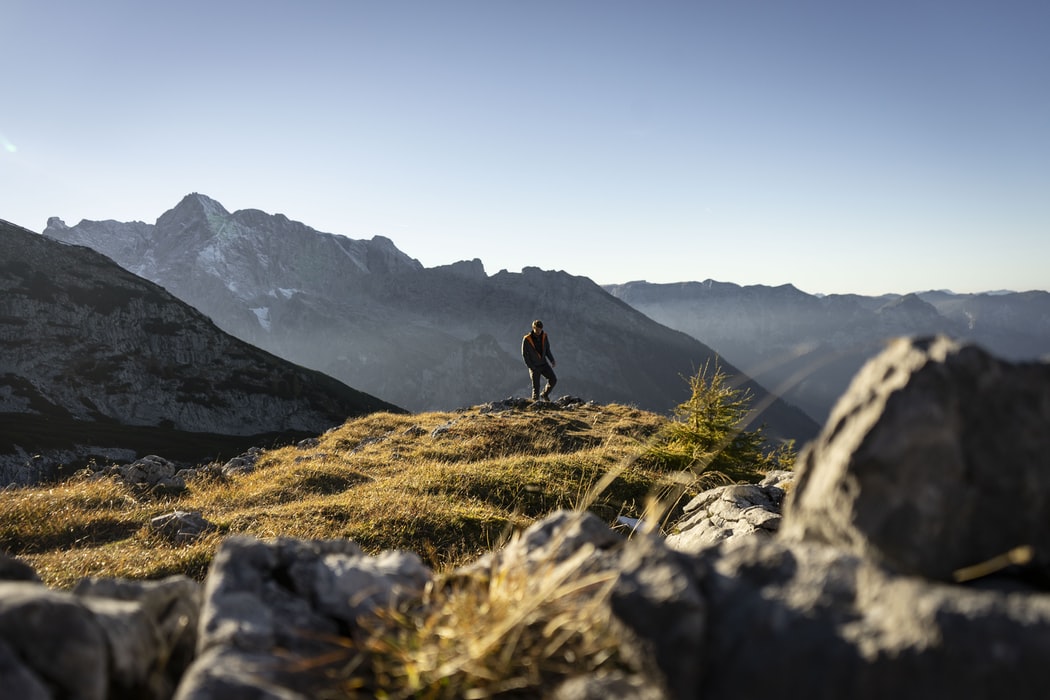Tilburg, Leiden, Wageningen, 29 Augustus 2021
Collaboration between Nature For Health and Green Destinations, in cooperation with Wageningen University.
The initiative European Inspiration and Learning Network for Green & Healthy Destinations, a collaboration between the organization Nature For Health and Green Destinations with Wageningen University, aims to inspire more destinations to adopt green and healthy practices that will boost the general public’s health and well-being. With the challenges COVID-19 posed to our societies, we seek to adapt our lifestyle, reappraise the use of urban and rural landscapes, as well as reconsider travel preferences and destinations. As a result, places that combine activities in nature with wellness modalities become more prevalent because not only do participants gain recreational experiences but also maintain their physical and mental well-being.
Prior to establishing the network, developing criteria is the prerequisite. Therefore, by applying the ‘therapeutic landscapes’ framework and conducting a general review of 17 destinations that received European Destinations of Excellence awards in the category of health and well-being tourism, green-healthy destinations could examine and pursue from four perspectives. These elements are interconnected and carry therapeutic qualities that visitors do not only perceive the healing and health-promoting effects from a single aspect.
The multi-sensory experience is the main focus of the material/natural dimensions. Places highlight nature soundscapes, which consider as a major motivation for visitors to visit natural areas; visitors could perceive smellscapes from different species of trees, and the salty air of the sea; tactile experiences including spa and sauna treatments in thermal mineral springs, herb picking nature walks, and hand-feeding domesticated animals; sense of taste refers to the consumption of organic gastronomy from local farms, wine tasting tour. The social/cultural domains associated with maintaining a healthy connection between inhabitants and visitors. Particularly, interacting with local communities, participating in traditional crafts and activities, and using local products. With respect to symbolic/historical and spiritual characteristics, they are somewhat intertwined; the healing practices manifest in the meditation and yoga retreat, and for pilgrims, the historic hermitages, churches as physical healing sites, retain their sacred energy and tranquillity.
As more destinations intent to embed well-being into their core development strategy, the aforementioned characteristics, practices and initiatives could facilitate them into the green and healthy transition and offer therapeutic experiences. We believe members of the network would work together in a complementary rather than competitive manner and striving to achieve the well-being of both residents and tourists, as well as ensure positive tourists’ experiences, raise environmental awareness, and meanwhile, encourage others to develop more health-enabling surroundings.
Interesting in co-developing or joining the network? Please contact Nature For Health and/or Green Destinations.
This text is written by Huixin Hu, as part of her Wageningen University internship with Nature For Health in cooperation with Green Destination.


